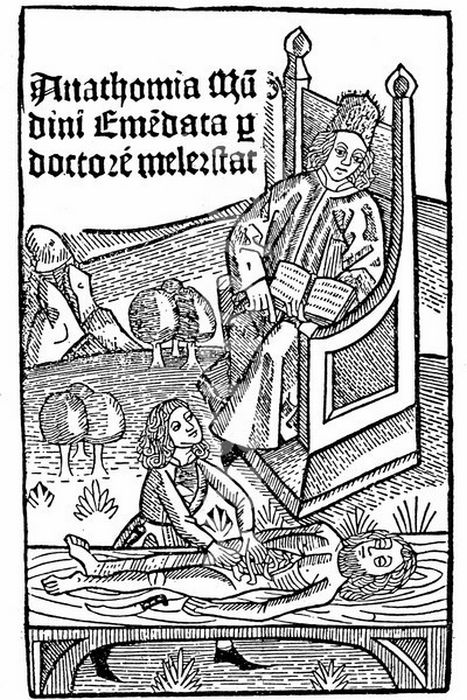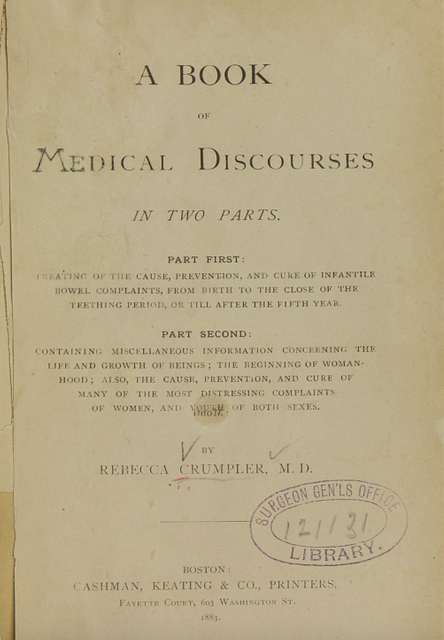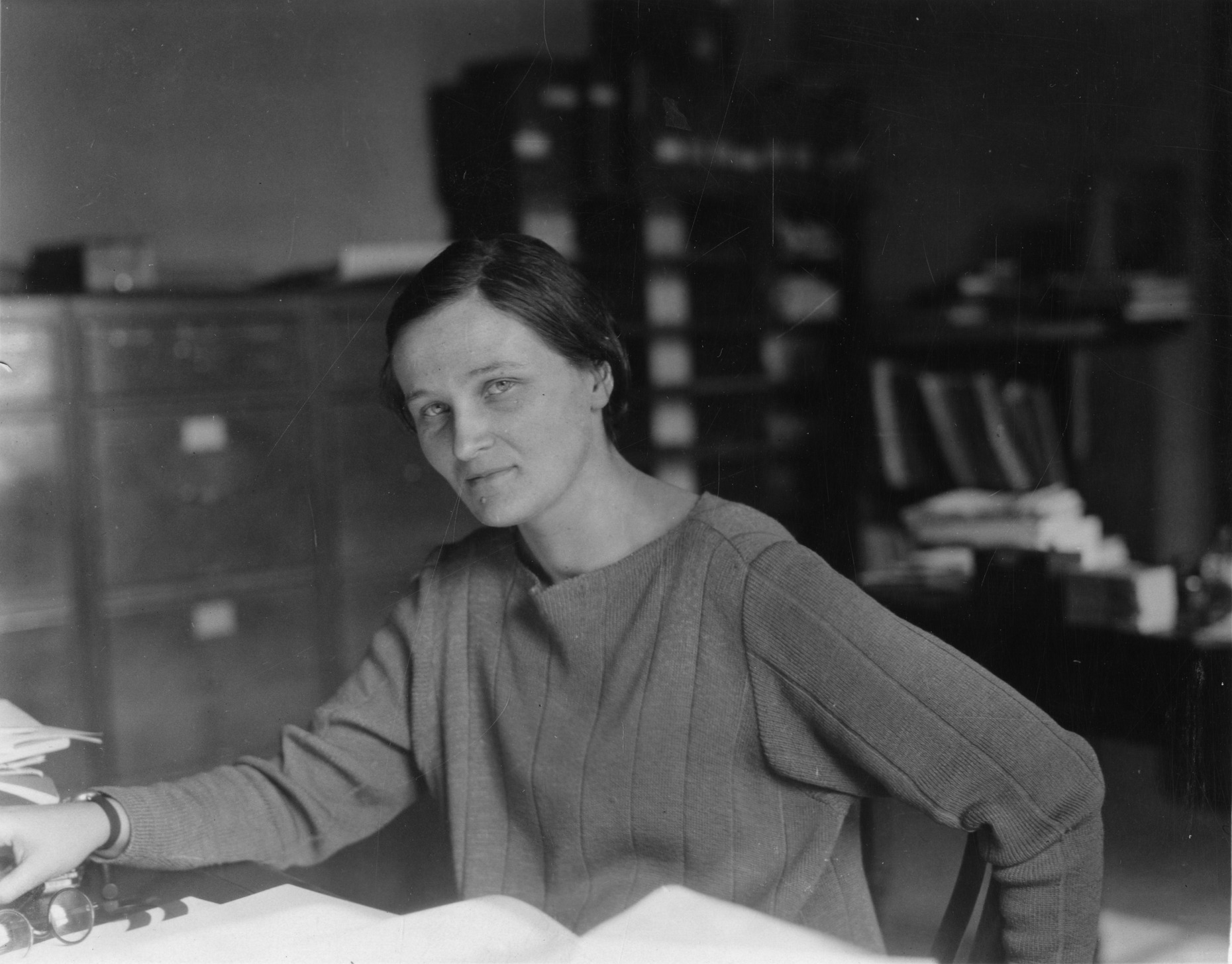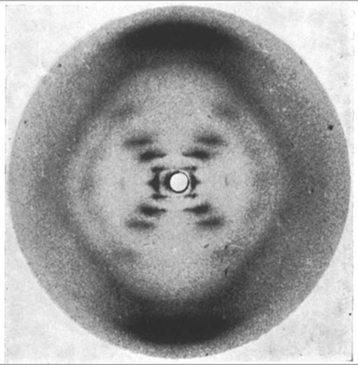
A Spotlight on Astonishing Forgotten Women
Many people’s accomplishments have been overlooked in history, but none more than the achievements of women. Here are a few examples of female pioneers who beat the odds, succeeding in their fields against all expectations despite the gender bias they suffered in their day.
Alessandra Giliani (1307-1326)

Title page of Anathomia Corporis Humanis (1316) by Mondino De’ Luzzi, showing an individual dissecting a corpse during a lecture (Image courtesy of the National Library of Medicine, in Medical Terminology Daily, 1/20/2014)
Alessandra Giliani was an Italian anatomist in the early 14th century. Despite her short life, she is credited with inventing “the technique of injecting colored dye to view the body’s blood vessels,” according to the Brooklyn Museum. To become an expert in anatomy at a time when medical schools did not admit women, Giliani had to dress as a man and enter the University of Bologna medical amphitheater without being noticed. She studied then worked under Mondino De’ Luzzi (c.1270-1326), an Italian physician and anatomist who lived in Bologna. As reported in Scientific American, Giliani was a “prosector, the person who does the cutting up of a cadaver during lecture demonstrations.”
Rebecca Lee Crumpler (1831-1895)

Cover of A Book of Medical Discourses by Rebecca Lee Crumpler, 1883 (National Institutes of Health, public domain image)
Rebecca Lee Crumpler was the first African American woman doctor in the United States. In 1864, she earned a Doctor of Medicine (MD) degree from New England Female Medical College. After the American Civil War (1861-1865), Crumpler was employed in Richmond, Virginia with “other black physicians caring for freed slaves who would otherwise have had no access to medical care, working with the Freedmen’s Bureau, and missionary and community groups, even though black physicians experienced intense racism working in the postwar South,” as described by the U.S. National Library of Medicine. She published A Book of Medical Discourses in 1883 on addressing the health and welfare of infants and women, making her one of the first female physician authors in the 19th century.
Cecilia Payne-Gaposchkin (1900-1979)
Cecilia Payne-Gaposchkin discovered the chemical composition of stars. A British-American astronomer and astrophysicist, in 1925 she proposed that the Sun and other stars are composed mainly of hydrogen and helium. She also determined that stars could be classified based on their temperatures. According to the Association for Women in Science, hers was a “revolutionary discovery that changed how astronomers perceive the universe.” In 1956, Payne-Gaposchkin became the first woman to receive a non-female-only full professorship from Harvard and was also the first woman to head a department at that university.
Rosalind Franklin (1920-1958)
Rosalind Franklin was the British physical chemist who in 1953 revealed the structure of DNA (deoxyribonucleic acid). Her “famous Photo 51 demonstrated the double-helix structure of DNA: the molecule containing the genetic instructions for the development of all living organisms,” according to King’s College London, where she conducted her research. The Rosalind Franklin University of Medicine and Science describes her discovery as “essential in unlocking the mystery to how life is passed down from generation to generation.” However, it was her colleagues, Francis Crick, James Watson, and Maurice Wilkins, who were awarded the Nobel Prize in Physiology or Medicine in 1962, four years after her death. From 1953 onwards, Franklin investigated the structure of viruses; her findings on how viruses infect and replicate within the cell have contributed to a better understanding of viruses and to the development of vaccines.




Amazing women. Thanks for bringing them back to our attention.